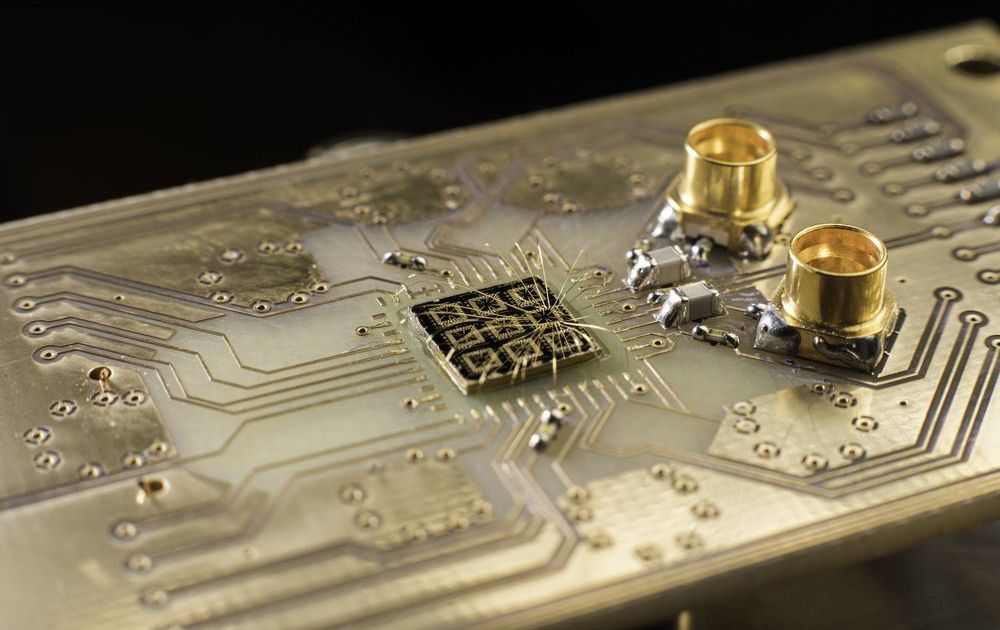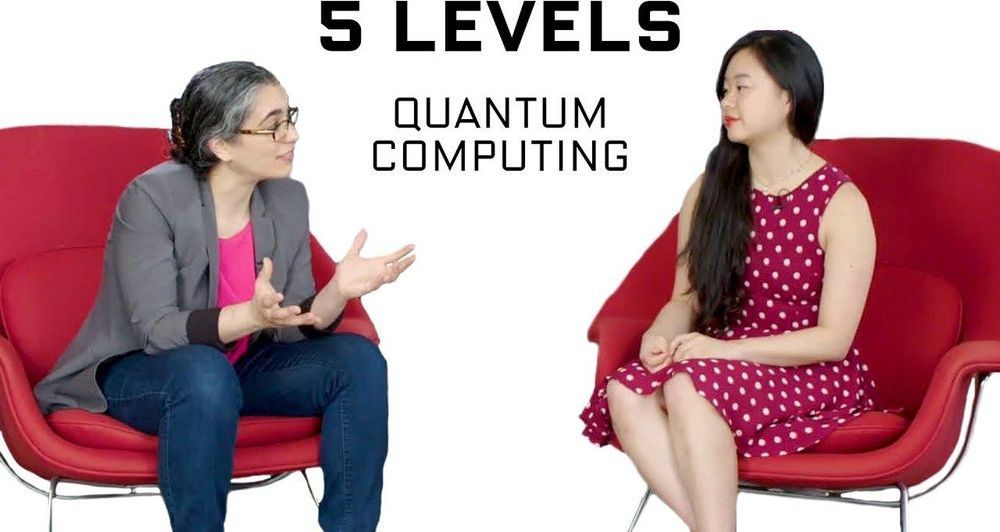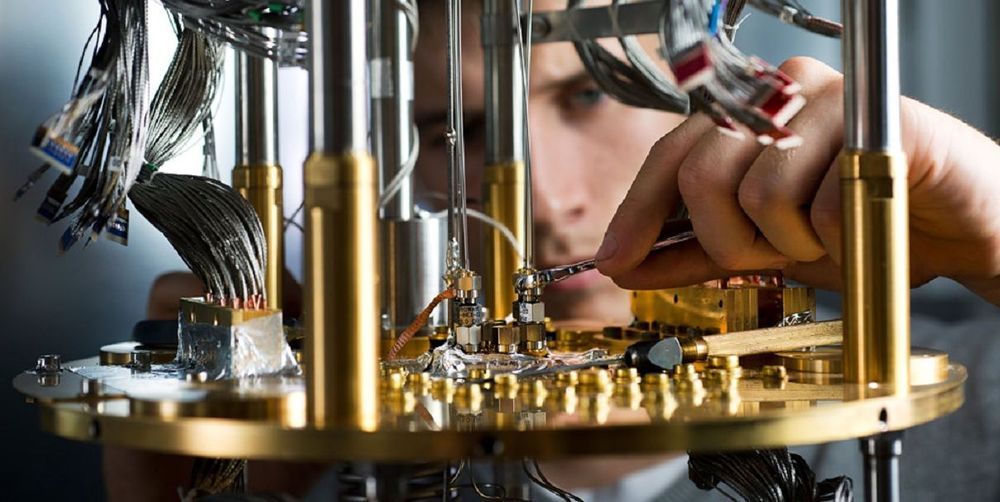Social media giant Facebook Inc. is planning to acquire CTRL-Labs, a technology startup that is working on a software to let people control a digital avatar using only with their thoughts. Apparently, as per reports, Facebook is ready to strike a deal between $500 million and $1 billion.
The closely held four-year-old startup, which has dozens of employees and has raised tens of millions in venture capital, uses a bracelet to measure neuron activity in a subject’s arm to determine movement that person is thinking about, even if they aren’t physically moving. That neuron activity is then translated into movement on a digital screen. However, Facebook has declined to comment on the price of the acquisition.
Technology like CTRL-Labs’s may sometime in the future play a crucial part of products like augmented reality glasses, where a user might want to control a computer without the need for buttons or a keyboard. “Your hands could be in your pocket, behind you,” explained Thomas Reardon, chief executive officer of CTRL-Labs, at an industry conference last December. “It’s the intention [to move], not the movement” itself that controls the avatar, he said.








